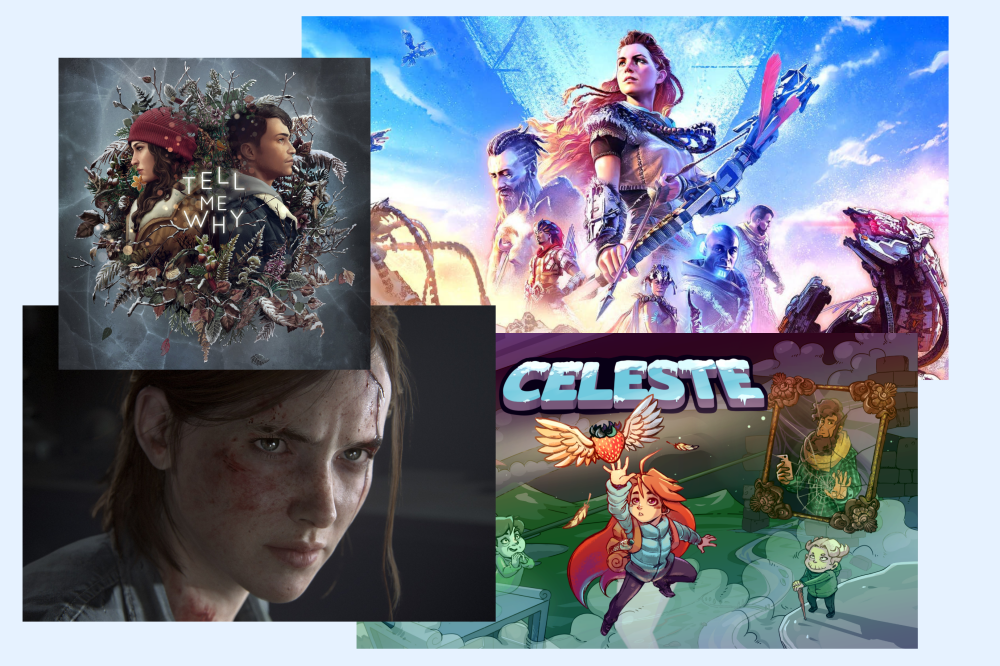
Diversity and representation in video games are all about showing the vast variety of people and cultures that exist in real life, but within the virtual world. It’s like when you fire up your favorite game and see characters that look, think, and feel just like people from all walks of life you meet every day. This diversity reflects gender, ethnicity, age, ability, and even cultural and personal experiences.
Exactly why does diversity matter in our game libraries? Well, it’s simple. When games are more inclusive, players feel seen and valued. It’s about breaking through the barriers that make us feel excluded. Whether you’re slaying dragons or racing sports cars, the thrill of adventure is even better when you see yourself as part of the action.
There’s a big shift happening in how games include different narratives and perspectives. Game writers and designers are pushing for an inclusive design, which means crafting stories and worlds where everyone can fit in. It’s like opening the gaming gates to everyone rather than limiting them.
This inclusivity not only impacts individual gamers but also shapes the gaming community. A more diverse game landscape encourages richer storytelling and offers players new worlds to explore. It’s about creating a gaming sphere that’s welcoming to all, allowing for a shared understanding and empathy through diverse narratives.
When game developers focus on representation, it’s not just about ticking boxes. It’s about crafting enriched, meaningful experiences that resonate with a broader audience, further enriching the players’ journey. A varied roster of characters and stories sets the stage for endless possibilities, inviting everyone to enjoy and engage.
The Importance of Representation in Game Design
Representation isn’t just a buzzword—it’s playing a massive role in shaping the gaming experience today. When games prioritize representation, they provide more than just entertainment; they create spaces where players see a bit of themselves reflected on-screen, enhancing that immersive experience.
Think about the emotional connection you feel when a character reminds you of yourself or someone you know. That’s the power of representation. Accurately depicting a wide range of experiences lets games stand out by offering stories and characters that resonate on a personal level.
Beyond player satisfaction, there’s a societal ripple effect. Games with a rich tapestry of characters can challenge stereotypes and promote empathy. They open the door to conversations about cultures and experiences that might be different from one’s own, slowly chipping away at preconceived notions and prejudices.
Let’s look at some games doing it right. “The Last of Us Part II” has been applauded for its diverse characters and powerful storytelling. This kind of representation not only ensures every player feels included but also taps into the potential of games as a medium for thoughtful, impactful storytelling.
Developers embracing inclusivity are seeing the fruits of their labor in player engagement and loyalty. Gamers gravitate towards studios that respect and represent the diverse world we live in, rewarding them with trust and enthusiasm. Representation in games isn’t just ethically imperative—it’s a wise business move as well.
Gender Representation in Video Games: A New Era
Gender representation in video games has come a long way, but there’s still a journey ahead. Historically, the gaming world has been dominated by male-centric stories and characters, with female characters often relegated to side roles or stereotypical portrayals. Lately, though, there’s been a notable shift—a movement towards an era of inclusive gender representation.
Let’s talk about some games leading this change…

Titles like “Horizon Zero Dawn” and “Celeste” feature strong, complex female protagonists who break away from the clichéd tropes of the past. These games present characters with depth and presence, proving that diverse gender narratives enrich gameplay and storytelling alike.
There’s also an increasing focus on non-binary and transgender characters, providing visibility and representation to the LGBTQ+ community within video games. Games like “The Last of Us Part II” and “Tell Me Why” are making strides in this area, bringing authentic and meaningful representation to the screen.
The challenge, however, lies in ensuring this representation is accurate and respectful. It calls for developers to engage with diverse voices during the game creation process, ensuring authenticity in character development. Consulting with people from varied gender identities and lived experiences can sidestep stereotypes and deliver genuine representation.
To truly move forward in this new era of gaming, the goal should be more than just adding diverse gender characters; it should be about embedding them naturally into the narrative. When developers treat all characters with equal importance and dignity, it sets a powerful example, creating a gaming ecosystem where every player feels acknowledged and respected.
Developer Perspectives: Addressing Diversity Challenges
Game developers are stepping up, tackling diversity head-on with innovative approaches to inclusive design. Each development studio seems to be crafting its own unique path to ensure everyone feels represented in their games.
One approach is incorporating diverse voices within the development team itself. By having a varied group of storytellers, artists, and designers, studios can naturally weave diverse perspectives into their games. It’s like giving voice to experiences that might otherwise be unheard, reflecting real-world diversity.
Collaborations and partnerships with cultural consultants and advocacy groups are becoming more common. For example, Ubisoft collaborates with external experts to ensure accurate cultural representation. This step helps in aligning game narratives with authentic experiences, avoiding caricature-like portrayals.
Tools like inclusive design guides and resources provide practical assistance to developers striving for diversity. These tools guide the creation of comprehensive storyboards and character traits, ensuring inclusivity isn’t just an afterthought but an integral part of the design process.
Insights from industry professionals highlight a shared sentiment: diversity isn’t about ticking boxes but enriching the storytelling palette. With gamers becoming increasingly vocal about representation, it’s clear developers are paying attention, valuing player feedback as a valuable resource in crafting diverse worlds.
The Future of Diversity and Representation in Gaming
The future of gaming looks bright with endless possibilities for diversity and representation. As the gaming industry continues to grow, developers are tapping into emerging trends that promise to further revolutionize how everyone feels included in virtual worlds.
We’re already seeing the potential of virtual reality (VR) and augmented reality (AR) to enhance representation. These technologies can create even more immersive experiences, putting players right in the center of diverse environments and narratives. Creative storytellers have the chance to craft worlds where players can see themselves in new, engaging ways.
Global media watchdogs and community feedback are increasingly influencing game development. Players are not shy about voicing their opinions on representation through forums and social media. Developers who listen to this feedback and adapt are likely to thrive, fostering a deeper connection with their audiences.
Forward-thinking developers are imagining a gaming landscape where representation is a given. This means not just characters of varied backgrounds but stories and gameplay that genuinely reflect the complexity and richness of different cultures and identities.
Looking ahead, the gaming industry has a real opportunity to be a powerful force for representation. By embracing diversity, games can continue to bring people together, creating shared experiences that promote understanding and empathy in ways previously unimagined. As this journey unfolds, it’s exciting to see how this medium can be both a mirror and a window to the world around us.
